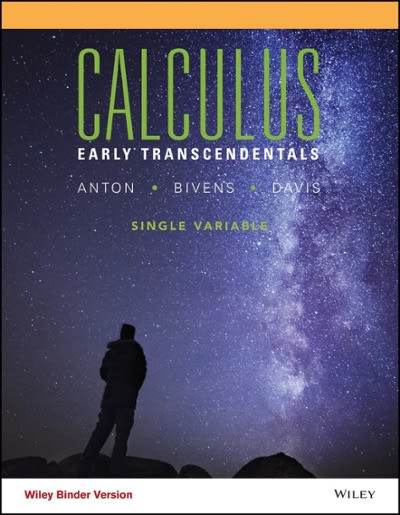Question
Consider the surface z = f(x, y) = e x (x + 3)2 + 2y 2 A small portion of the surface, displaying its major
Consider the surface z = f(x, y) = e x
(x + 3)2 + 2y 2 A small portion of the surface, displaying its major features, is shown below in the contour plot on the left. On the right is a magnified section of the contour plot overlayed with a semi-circular region whose boundary (solid red line) is formed by the intersection of x 2 + y 2 = 9 4 and y = 2x 2 8.5 10.2 10.2 11.9 17 18.7 20.4 20.4 22.1 22.1 23.8 23.8 25.5 25.5 27.2 28.927.2 28.9 -1.5 -1.0 -0.5 0.0 0.5 1.0 1.5 -1.5 -1.0 -0.5 0.0 0.5 1.0 1.5 (i) (a) On the unconstrained (open) domain, find any critical points of f. Compute the value of the function at these points. (b) Characterise each critical point using the second derivative test. (ii) Determine which, if any, of the critical points from (i) are in the semi-circular region R. (iii) Compute the points of intersection of the two curves and compute f at these vertices. (iv) Let B1 represent the straight boundary y = 2x. Let g(x) = f(x, 2x) then use g to find any critical points on B1. Compute f at these critical points.(v) Let B2 represent the semi-circular boundary x 2 + y 2 = 9 4 . Compute t0 and tf if B2 has the anti-clockwise parametric definition r e (t) = 3 2 cos(t) + 3 2 sin(t) t (t0, tf ). Use the total derivative df dt = f dr e dt to find any critical points on B2 and compute f at these points. (vi) In a table summarise all of the points of interest computed in (ii)-(v) then determine the global maximum and minimum in the constrained region
Step by Step Solution
There are 3 Steps involved in it
Step: 1

Get Instant Access to Expert-Tailored Solutions
See step-by-step solutions with expert insights and AI powered tools for academic success
Step: 2

Step: 3

Ace Your Homework with AI
Get the answers you need in no time with our AI-driven, step-by-step assistance
Get Started


